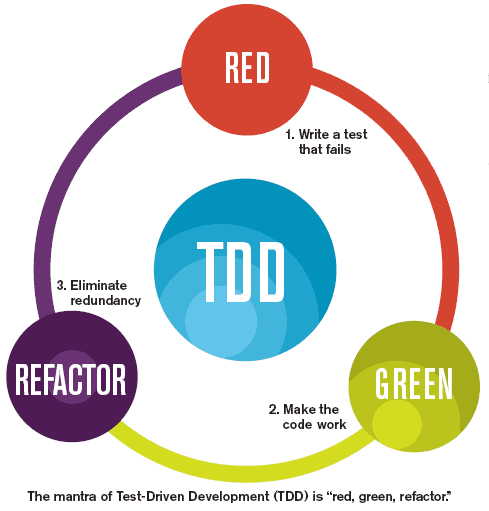Testing Magento 2: MTF And Various Test Types

Magento 2 has been released, so we are trying to dig more useful materials related to the new version of the popular ecommerce platform. This time, our attention has been drawn to related to Magento 2 testing, so we’ve also decided to cover this topic on the Firebear blog. For those developers willing to improve the quality of their Magento 2 projects, testing is mandatory; therefore, we propose you to examine the following Magento 2 guide, which is based on the aforementioned article, , as well as our own experience related to both the Magento 2 platform and testing.
UPD (11.02.16): Magento 2 code katas and Getting your hands dirty testing Magento 2
